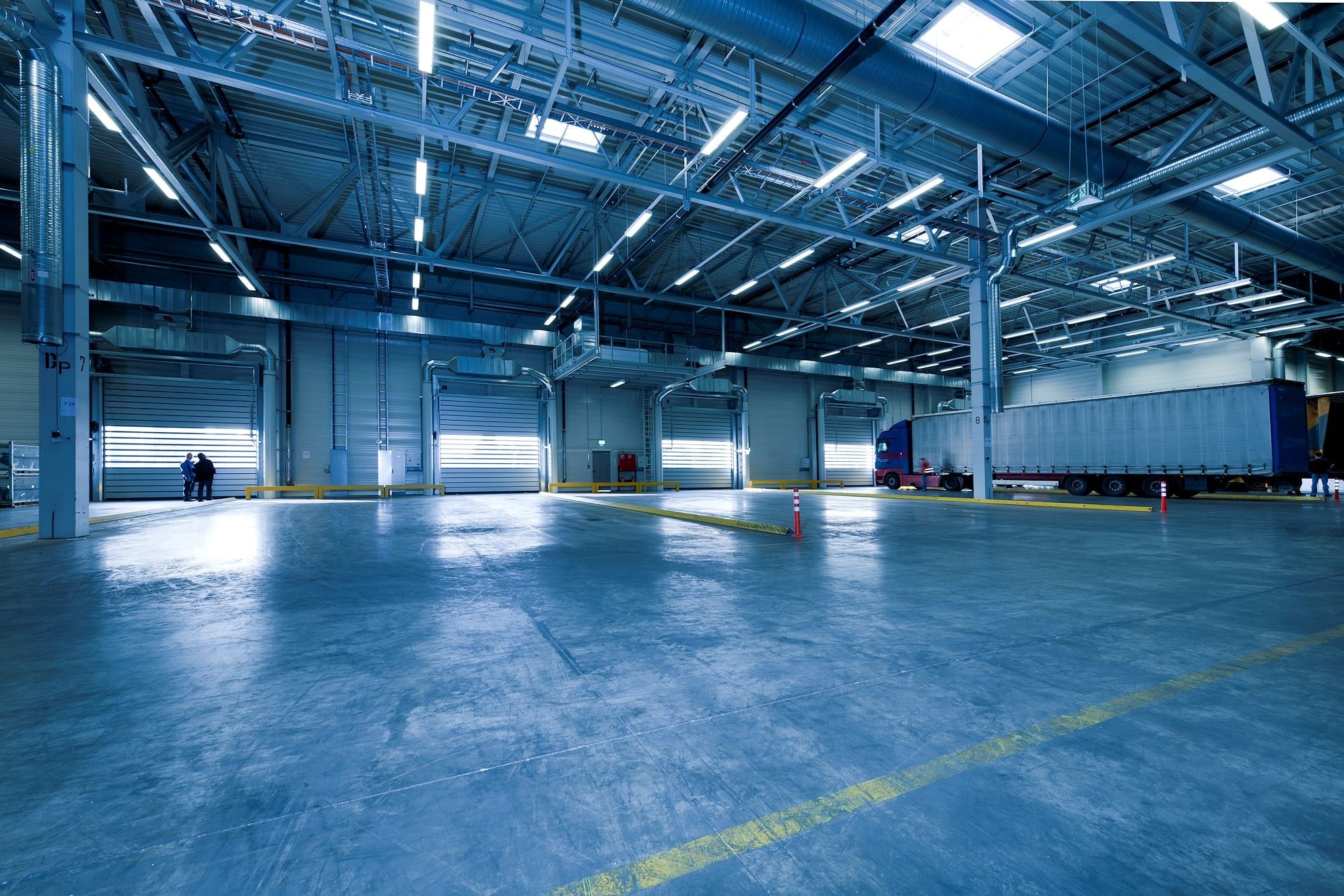What is Cross-Docking
And How Can it Save You Money?
Cross-docking can save your company time, money, and real estate, but what is cross-docking? Cross-docking is a supply chain management technique that aims to eliminate the holding of inventory by moving goods from one location to another without storing them in between. As the name implies, cross-docking is most often used to transfer goods between two different docks or loading bays rather than moving them from a truck to a warehouse. This approach has been shown to reduce costs by 25-40% while increasing quality and productivity in many industries including retail, manufacturing, food service, and transportation.
How does cross-docking work?
Cross-docking is a warehousing and distribution method that allows for the transfer of goods from inbound trucks to outbound trucks in a single location. This process is usually done at a smaller warehouse with bays on each side. One for inbound and one for outbound. Cross-docking can be done manually (without automation) or automatically through robotics, conveyor belts and other processes. The goal of cross-docking is to reduce labor costs by minimizing the amount of time required to load and unload trucks, while also reducing the cost of storage space by holding product for little to no time at all.
Why use cross-docking?
Here are some of the reasons why you should be using cross-docking:
- Reduce warehousing costs. When you use cross-docking, you'll be able to reduce the amount of warehouse space that you require and therefore lower the cost of storing your goods. You'll also save money on equipment such as forklifts and pallet jacks, because fewer people will need to work in your warehouses.
- Increase customer service satisfaction through faster delivery times and increased flexibility regarding product availability and customization options available during each step of production/distribution process. In other words, saving time in the distribution process allows for more time in other places, such as special services and customization for clients.
- Streamlined tracking of inventory and distribution. With cross-docking, there is less need for a surplus of inventory since everything can be shipping more efficiently, which means less overall logistics and decreased room for error.

Cross-dock logistics
Cross dock logistics are an excellent option for companies looking to reduce warehousing costs. Cross docks have the potential to cut warehouse expenses by 30-50%, and they can also help you improve other areas of your business, including:
- Time to market: Since cross-docking eliminates the need for long lead times on inventory and shipping, it will give you faster access to products when needed. This gives you an advantage over competitors who may be stuck with slow or expensive shipping practices.
- Space: The fact that cross-docks eliminate a need for excess storage space has obvious benefits in terms of cost savings and convenience, but there are other reasons why this is important too—namely because it frees up space that can be used more effectively elsewhere (e.g., at another facility). In addition, space is often considered one of the biggest challenges facing modern businesses today because it's such a limited resource; being able to make better use of existing real estate makes sense from both a practical standpoint as well as an environmental one.
- Quality issues: Having fewer processing steps means less opportunity for errors along with higher quality control overall which translates into lower waste levels across all stages within production processes."
Conclusion
As you can see, crossdocking logistics is an excellent option for companies looking to reduce warehousing costs. The system reduces the amount of time products sit in a warehouse or distribution center before being shipped out by allowing them to be transferred directly from one truck or train onto another. Top Dog is proud to be a cross docking locations for your companies product, helping you to be more efficient and save you money on the bottom line.



